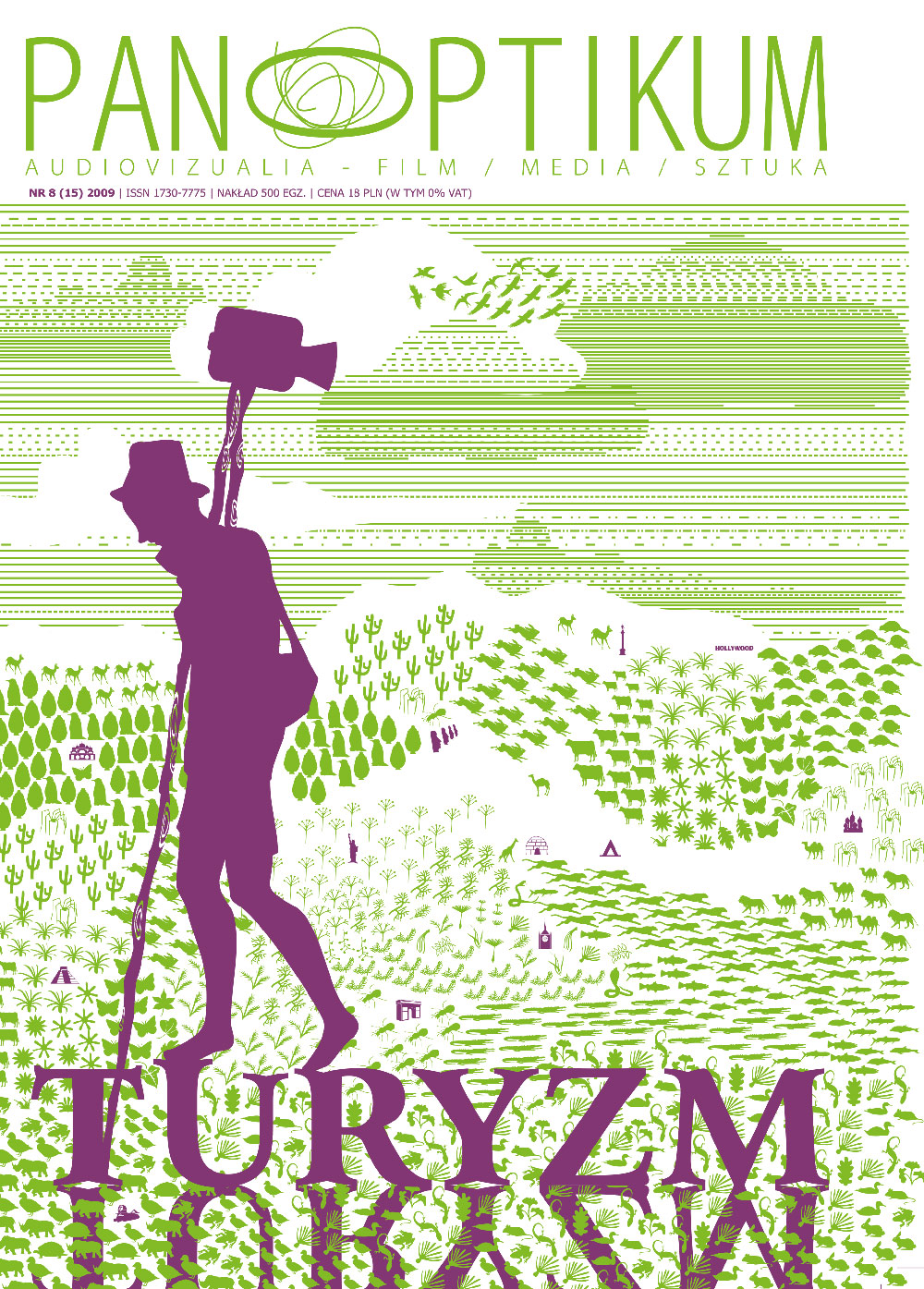Nawigacja a labirynt. Teoria multimediów w kontekście potrzeby podróżowania
Abstrakt
I introduce category of maze to describe experience of new media art and experience of contact with the Internet. I setup a point of departure in the field of theory of multimedia of Ryszard W. Kluszczyński. I analyze and criticize this scientific approach and confront it with two opponents Marshall McLuhan and Lev Manovich. Finally I present my own theory which is stem from them. Kluszczyński takes advantage of poststructural theory in which a keyword is text. He uses this term to reduce all different symbolic forms such as art, advertisement and entertainment to an one isotropic surface. He arguments for discontinuation between three periods of development in the theory of communication. His claim is inaccurate and incorrect because of lack of arguments for division between generative and interactive aspect of communication. Furthermore he falls into a trap defining interaction with a category of feedback which is taken from the first, transmission paradigm. What I offer is a certain counterbalance for an uncontrolled navigation and a disperse tourism. My point of view is that we need to restore some of epistemological assumptions to be capable of analyzing contemporary culture, especially experience of the Internet. In doing so I reinterpret phenomenology, structuralism and semiotics. I use term attitude to show differences in separate phenomena fields of contemporary culture. I suggest that human experience is structured by such forms as data base and narrative. I add to these forms another ones such as net, environment and maze. I scrutinize the last one. For me maze is a useful form for describing an inner journey which gives at the end better order of self. Individuals are confronted with maze in experiencing the Internet. This journey is happening inward of an inner life. The journey is a transmigration.

 Uniwersyteckie Czasopisma Naukowe
Uniwersyteckie Czasopisma Naukowe





